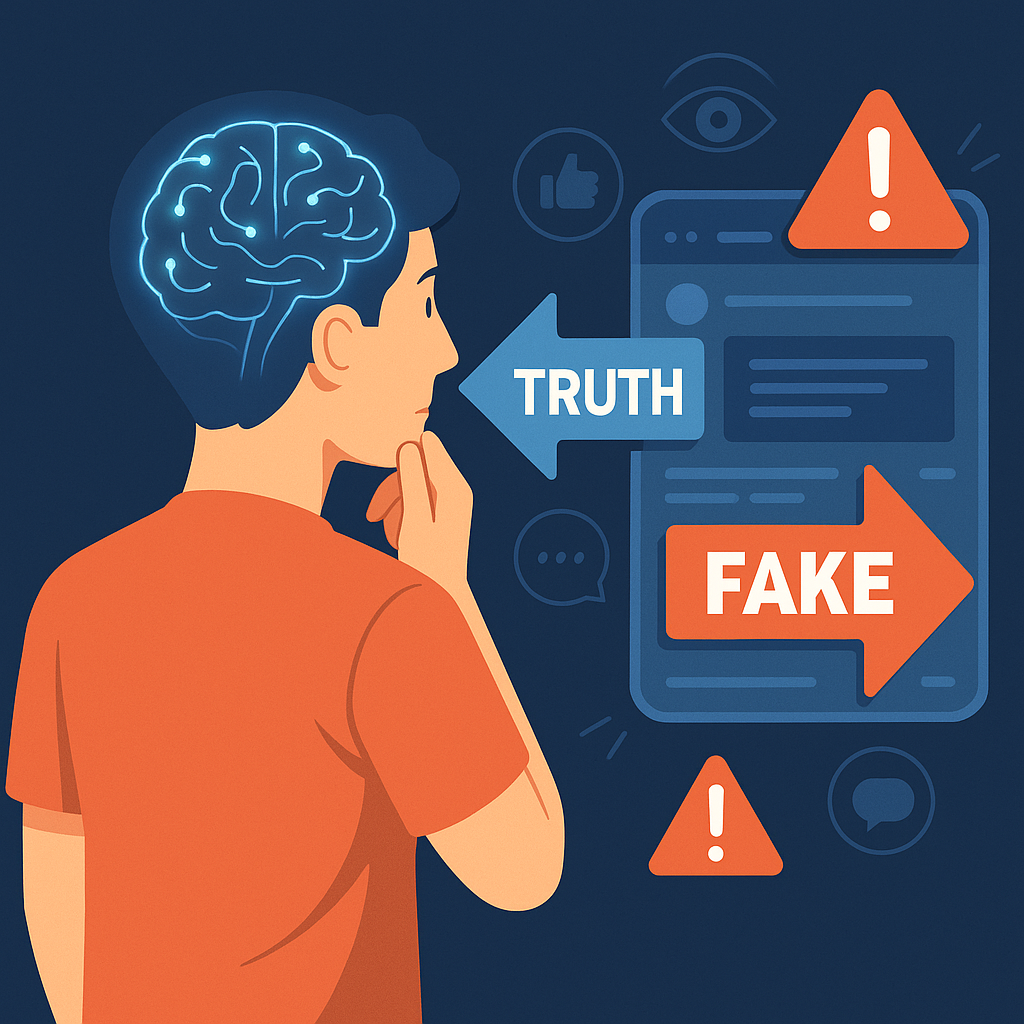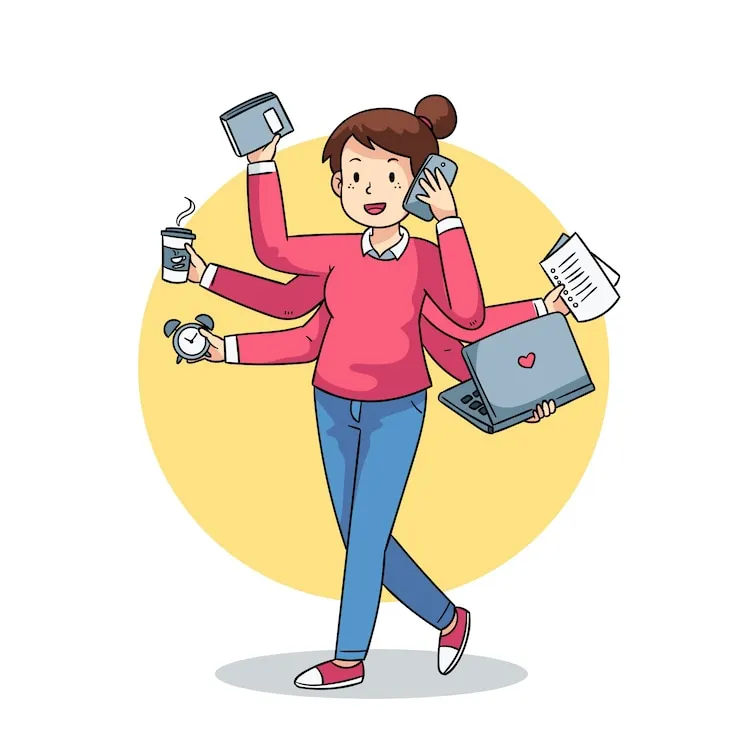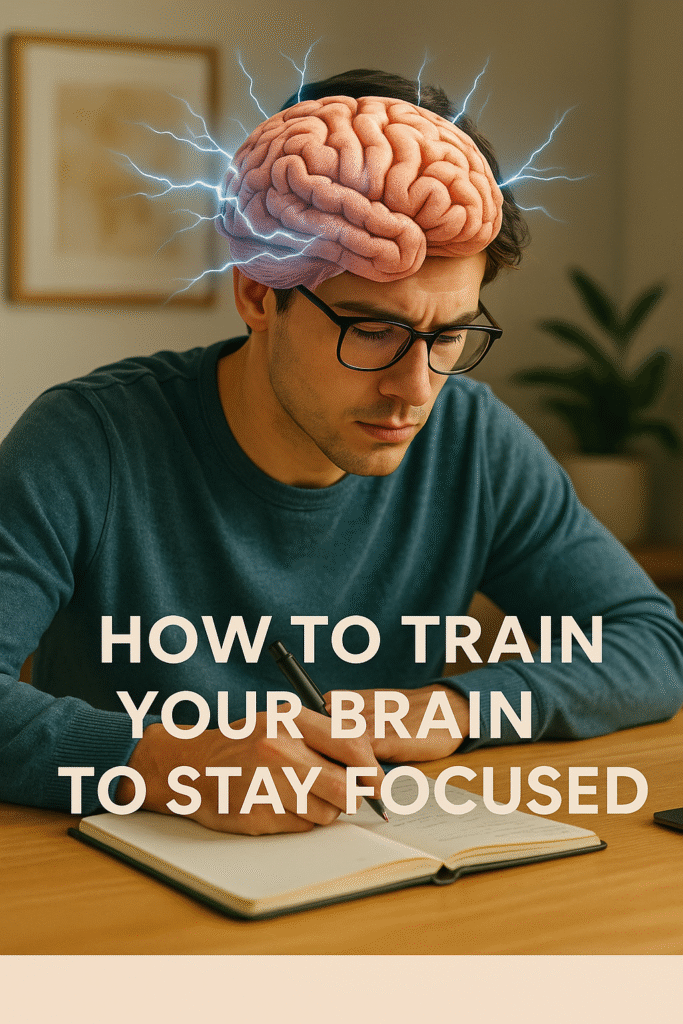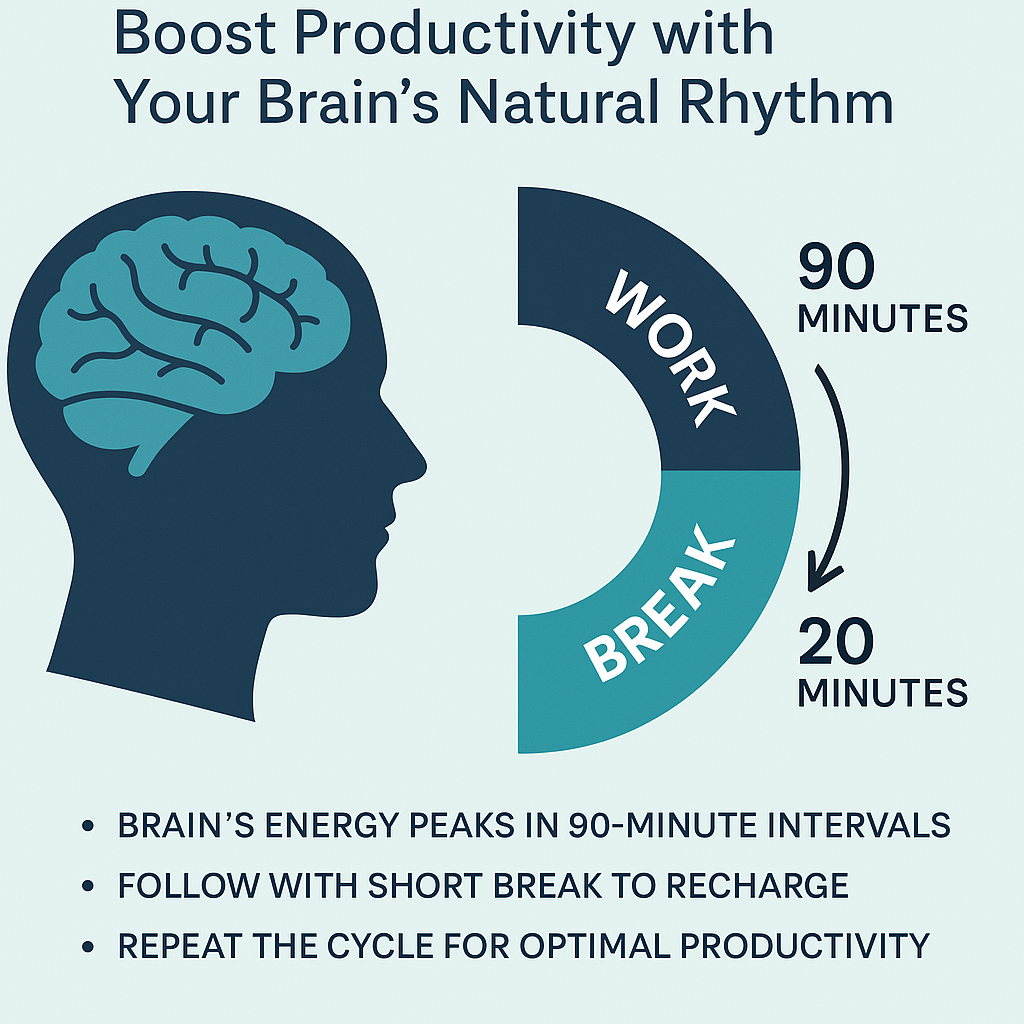🧠 Why People Believe Fake News — And How to Train Your Brain to Spot It
In an age of endless information, truth feels harder to find. Clickbait headlines, viral posts, and AI-generated stories blur the lines between fact and fiction. But why do people actually believe fake news—and how can you stop yourself from falling for it?
Let’s break down the brain science and give you actionable tools to sharpen your truth radar.
🧩 1. The Brain Loves Shortcuts
Our brains rely on mental shortcuts called heuristics to save time and effort. This works well for everyday decisions (like choosing what to eat), but it’s also what makes fake news dangerously effective.
🧠 Example: If something feels familiar, your brain is more likely to believe it’s true — even if it’s not.
This is called the Illusory Truth Effect.
🕵️♂️ 2. Confirmation Bias Makes It Worse
Humans naturally seek out information that confirms their existing beliefs and ignore what contradicts them. This is known as confirmation bias.
Fake news often targets specific groups with messages they’re likely to agree with — making it emotionally sticky and more believable.
📲 3. Social Media Increases Trust Through Shares
When someone you know shares a piece of news, you’re more likely to trust it.
But platforms like Facebook, Twitter, or TikTok don’t show you if that source is credible — they just show popularity.
High engagement ≠ high accuracy
💡 4. How to Train Your Brain to Spot Fake News
Here are science-backed strategies to make you misinformation-resistant:
✅ Use the SIFT Method:
- Stop: Don’t share it right away. Pause.
- Investigate the source: Is it reputable?
- Find better coverage: Are other credible sources reporting the same?
- Trace claims: Where is the info originally from?
✅ Check Author Credibility:
Does the author have any background in the topic?
Fake news often uses fake names or no byline at all.
✅ Watch Out for Emotional Language:
Words like “shocking,” “horrifying,” or “mind-blowing” are used to manipulate you into sharing without thinking.
🧪 5. Cognitive Immunity: How to Build It
Psychologists suggest that exposure to weakened versions of misinformation — followed by correction — helps your brain build resistance.
This is called prebunking.
Try sites like:
- FactCheck.org
- Snopes.com
- Media Bias/Fact Check
They explain how false claims are made, so you’re less likely to fall for similar tactics later.
🚨 Red Flags of Fake News
| Red Flag | What It Means |
|---|---|
| All CAPS or excessive punctuation | Emotion over facts |
| No author/source info | Low credibility |
| Poor grammar or spelling | Low-quality control |
| One-sided narrative | Lack of balance |
| Too recent to verify | Wait for confirmation |
📚 Fun Fact
A 2023 study found that people who spent 2 minutes checking the source before sharing reduced their likelihood of spreading misinformation by 40%.
🧠 Final Thought
Your brain is powerful — but not perfect. In a world full of headlines, training your critical thinking is more essential than ever.
Pause, think, verify — and you’ll become the kind of person who leads with truth, not reacts to noise.




